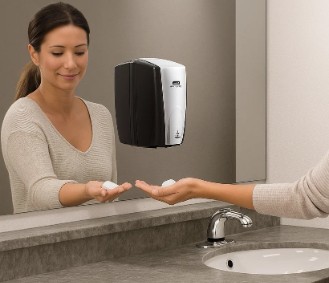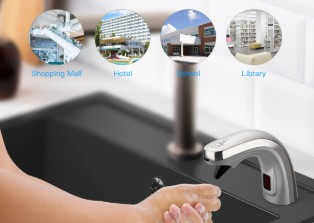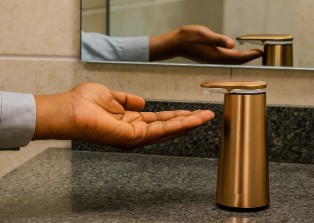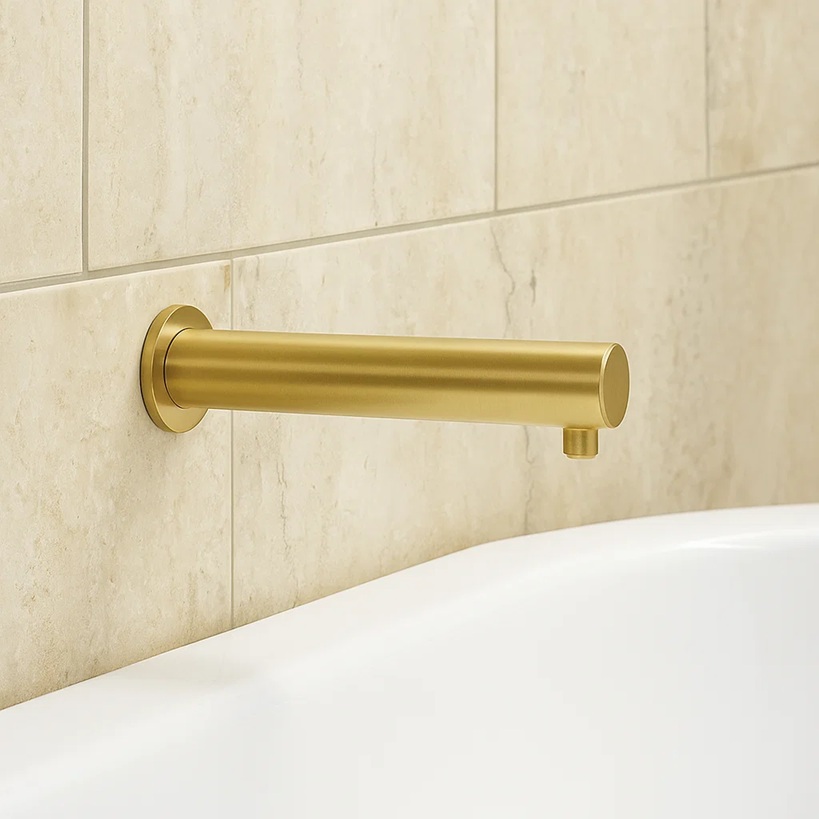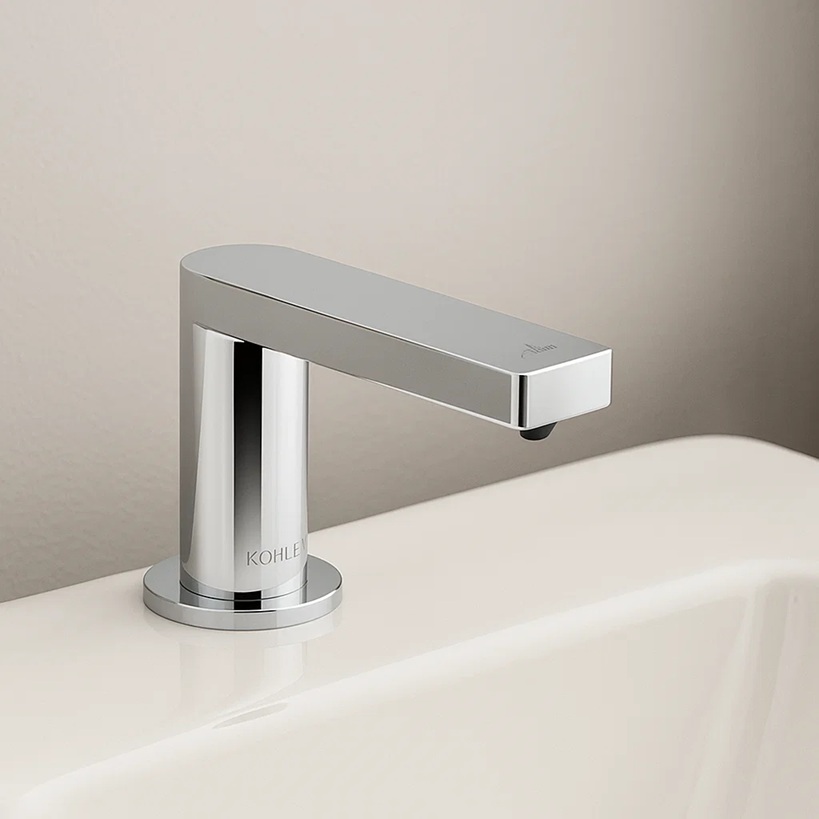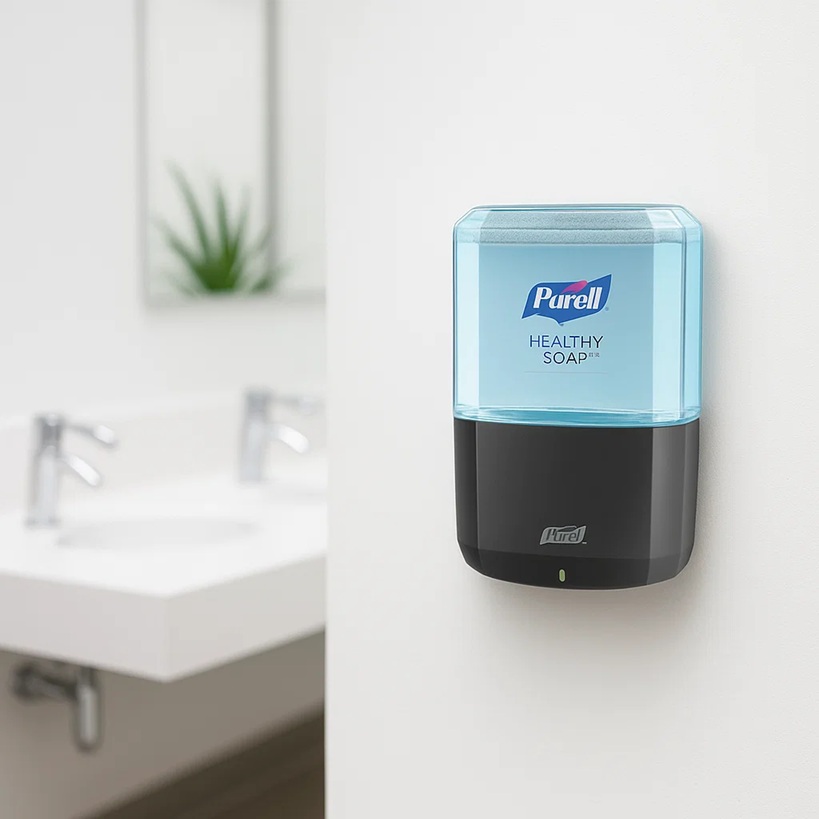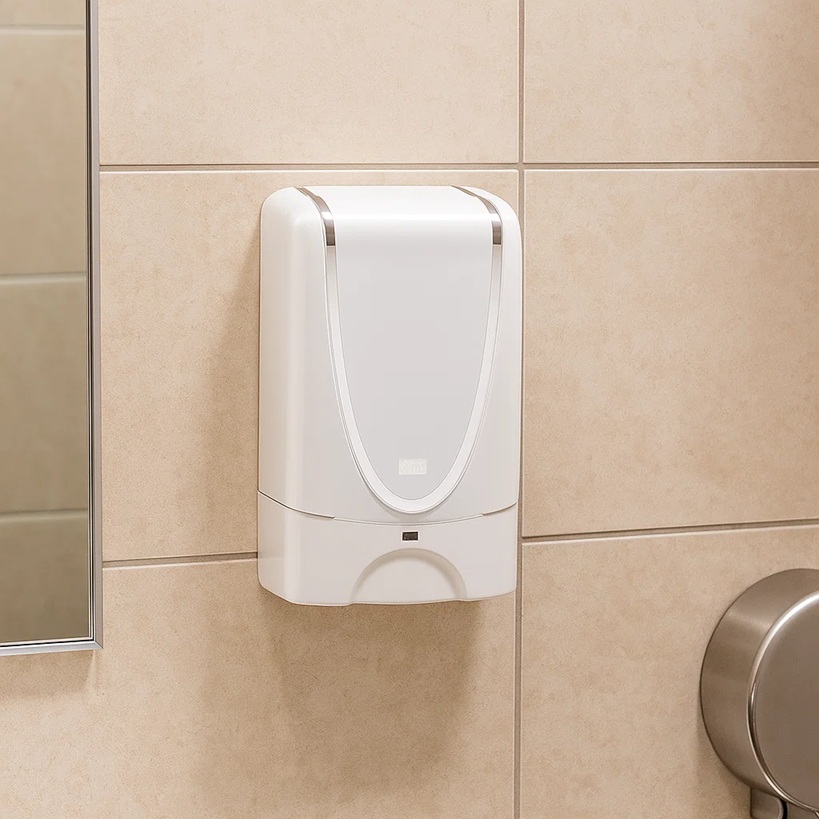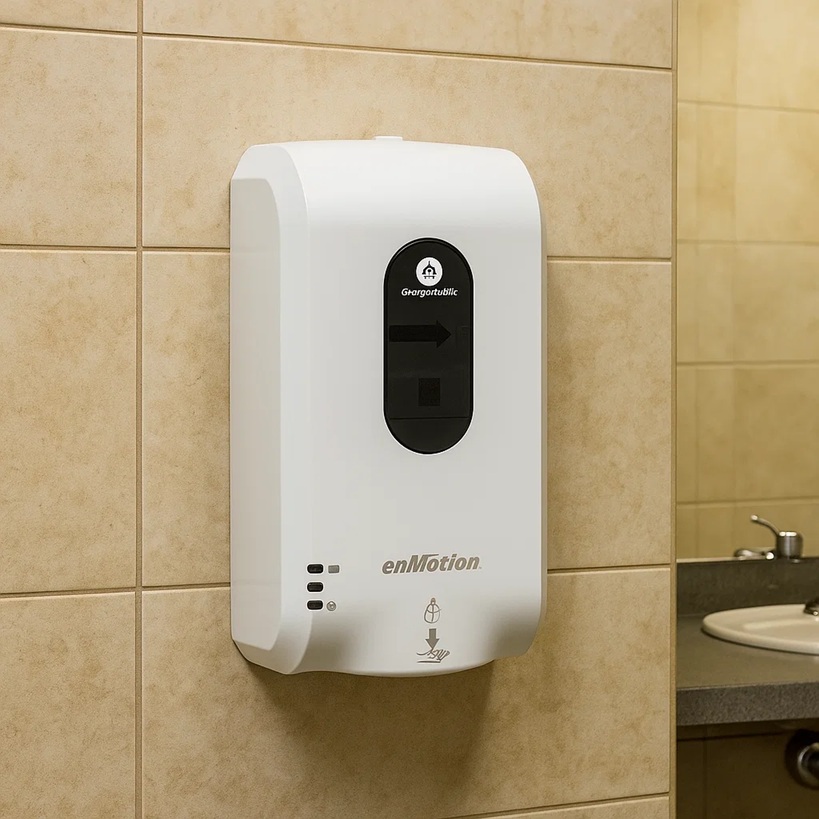Health Institutions: Why Touchless Soap Dispensers Matter (and How to Choose the Best)
Health institutions depend on relentless infection-prevention. Touchless soap dispensers help by reducing shared-surface contact, supporting higher hand-hygiene compliance, and simplifying maintenance at scale. The CDC and WHO both emphasize hand hygiene as the most effective, routine intervention against healthcare-associated infections (HAIs) and promote system-level approaches to improve compliance.
Bottom line: Using reliable, closed-system, touchless dispensers can reduce cross-contamination and make it easier for clinicians to perform hand hygiene hundreds of times per shift.
| Ecosystem | Typical strengths | Where they’re different | Action |
|---|---|---|---|
| GOJO/PURELL (ES6/ES8) | Very strong clinical presence; reliable sealed refills; healthcare-oriented mounting & accessories. | Proprietary refills; dispenser hardware affordable. | More Info |
| SC Johnson / Deb (TouchFREE Ultra) | Compact footprint; hospitals and labs; visible price points; straightforward install. | Cartridge ecosystem, mid-tier hardware pricing. | More Info |
| Kimberly-Clark / GP PRO / Tork | High-capacity, robust fleet support in acute and non-acute care; LED indicators; long battery life. | Typically closed systems; prices vary widely by contract. | More Info |
| Bobrick / ASI | Architectural stainless and multi-feed top-fill systems for high-end or multi-basin OR/ICU cores. | Higher upfront cost; universal or bulk-compatible depending on model. | More Info |
| Sloan / Kohler (deck-mounted) | Premium brass build, vandal-resistant sensors, integration with touchless faucets—ideal for surgical scrub/OR corridors and public lobbies. | Highest hardware prices; installation complexity. | More Info |
For clinical zones (patient rooms, procedure areas)
A sealed-cartridge, touchless wall-mount dispenser with obvious status indicators (e.g., PURELL ES6, Tork S4, GP PRO enMotion). These deliver uptime, low contamination risk, and fast swap-outs.
Read MoreFor multi-basin cores (OR scrubs, ICU pods)
Consider top-fill / multi-feed systems (ASI EZ-Fill) to refill up to six heads from one reservoir—huge for staffing efficiency.
Read MoreFor signature/public spaces (main lobby, VIP wards)
Premium deck-mount brass systems (Sloan, Kohler) marry design with reliability and tamper resistance.
Read More1. Map care points
Entry, bedside, procedure rooms, nurse stations, public restrooms. Align soap vs ABHR placement with CDC/WHO guidance.
More Info2. Pick one or two ecosystems
Simplify refills and spares (e.g., PURELL ES6 on wards; ASI multi-feed at OR scrub basins).
More Info3. Standardize mounting heights & ADA clearances
Ensure accessibility (and power for deck-mount models).
More Info4. Create a maintenance SLI
Track refill/swap time, response to empty or low-battery indicators.
More InfoHealth Institutions Why Touchless Soap Dispensers Matter (and How to Choose the Best)
In healthcare environments, where infection control is a constant priority, touchless soap dispensers play a crucial role in reducing cross-contamination and improving hand-hygiene compliance. By eliminating the need to touch shared surfaces, they support clinicians who may need to sanitize or wash their hands hundreds of times in a single shift. The CDC and WHO emphasize that proper hand hygiene is the single most effective way to prevent healthcare-associated infections (HAIs). Reliable, closed-cartridge dispensers further minimize contamination risks while ensuring uptime and ease of use, making them an essential component of system-wide hygiene strategies.
Selecting the right dispenser depends on a facility’s zone and workflow. Wall-mounted sealed systems (such as PURELL ES6 or Tork S4) offer consistency and easy monitoring for patient rooms, while multi-feed systems (like ASI EZ-Fill) are ideal for high-traffic scrub areas that demand efficiency. For public-facing areas, premium deck-mounted brass dispensers from Kohler or Sloan combine durability with design. Beyond infection control, decision-makers should evaluate compliance features, safety standards, and total cost of ownership—including refill ecosystems, capacity, and maintenance indicators. Ultimately, aligning dispenser choice with both CDC/WHO guidance and clinical needs ensures higher safety, efficiency, and trust across healthcare institutions.
Architecture Firm Profiles
Alfonso Architects
High-end architecture and interior design firm. Verified About & Contact pages. :contentReference[oaicite:0]{index=0}
Generate Technologies
Cross-disciplinary team working for sustainable, cost-effective, beautiful cities. Verified About page. :contentReference[oaicite:1]{index=1}
Module Housing
Architecture firm providing creative & modular solutions. Placeholder until real links found.
Signs Visual
Architectural signage & visuals. Placeholder.
Lai Houston
Design / architecture firm. Placeholder.
Lighting Environments
Interior lighting & environments studio. Placeholder.
Strout Architecture
Creative architecture & planning. Placeholder.
Potter Lawson
Architecture & landscape design. Placeholder.
Cadnetics
Technology & building solutions. Placeholder.
Winter Holben
Architecture studio. Placeholder.
Tecton Architects
Architecture studio. Placeholder.
Florida Architects
Architecture firm. Placeholder.
Netta Architects
Architecture design firm. Placeholder.
SSP Architects
Architecture studio. Placeholder.
USA Architects
Architecture & design — Placeholder.
Lefevre Wilk
Firm known for thoughtful architecture & interiors. Placeholder.
AE-Works
Architecture & engineering collaborative. Placeholder.
Larson Design Group
Architectural design & planning. Placeholder.
API Precast
Precast & modular systems firm. Placeholder.
Edvance Associates
Architecture & planning services. Placeholder.

